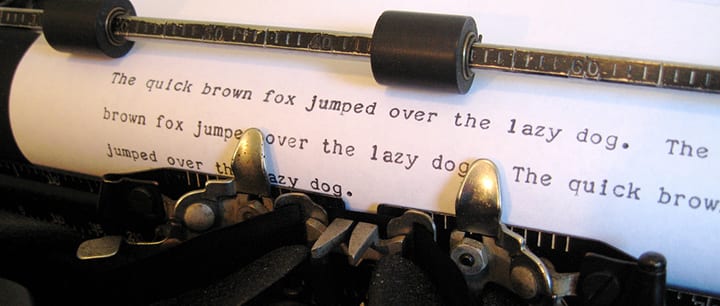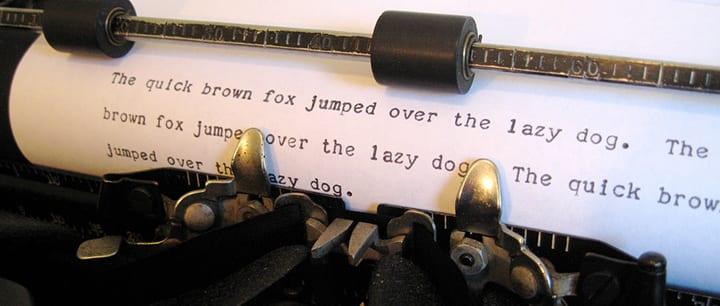 Successful writers know that a well-constructed story will grab the reader’s attention from the very beginning. A strong beginning will hook readers and entice them to keep reading. There are a variety of writing styles that can be used to create an effective hook, and understanding which one of these writing styles best matches your unique voice is an important part of developing your craft.
Successful writers know that a well-constructed story will grab the reader’s attention from the very beginning. A strong beginning will hook readers and entice them to keep reading. There are a variety of writing styles that can be used to create an effective hook, and understanding which one of these writing styles best matches your unique voice is an important part of developing your craft.
Some of our favorite ways to begin a story include:
Asking a question: The first line of the iconic children’s book Charlotte’s Web simply asks, “Where’s Papa going with that ax?” This line hooks readers immediately and makes them wonder what will happen next. Where is Papa going? Why does he need an ax? Will Fern try to stop him? Using a question as a hook gets readers thinking and provides incentive to keep reading.
Describing the setting: A well-constructed setting provides depth and interesting details to any story. Readers should be able to visualize the story’s setting simply by reading your words. Starting your story with the setting is a great way to create interest and give the reader immediate clues into where the story takes place. The first line of Michael Ondaatje’s “The English Patient” does this with great skill: “She stands up in the garden where she has been working and looks into the distance.” Without giving too much away, the author shares a bit of the setting with the readers and provides the first clue to help them imagine the scene.
Crafting a surprise: Unusual circumstances can keep readers hanging around wondering what will happen next. Eleven simple words, “They had flown from England to Minneapolis to look at a toilet” craft an unusual surprise as the first line of Nick Hornby’s “Juliet, Naked”. Readers will certainly wonder what makes this toilet so special. This is a surprising and unexpected detail that makes readers think. Crafting an unusual beginning for your story can set the tone for the rest of the work and will hook readers immediately.
Introducing a character: Introducing a character in the opening sentence will draw readers into a story and give them someone to identify with. This is especially effective if the character is unique or surprising. The classic children’s story “The Iron Man” begins simply by stating, “The Iron Man came to the top of the cliff.” This instantly transports readers out of their reality and to the cliff where Iron Man stands. Most readers will want to know more and will continue on. Even though this example is quite simple, it’s easy to then elaborate and provide interesting tidbits about the character. For example, “The Captain peered out into the ocean and was deeply worried about the crew aboard his sinking vessel.” This line gives readers several clues about the character and helps them begin forming conclusions and asking questions.
Starting with a pivotal moment: If you start with a pivotal moment in the story, you’ll encourage your readers to keep reading. They’ll wonder why you started with this particular moment and will want to keep reading to learn what happens next. The first line of Khaled Hosseini’s “The Kite Runner” is an excellent example of selecting a pivotal moment to begin with. It reads, “I became what I am today at the age of twelve, on a frigid overcast day in the winter of 1975.” A reader will likely want to know exactly what happened on that overcast day to change the main character’s life in such a profound way.
These are just a few examples of the many different writing styles that can hook a reader. To really develop your writing, try your hand at as many writing styles as possible to hone your skills and find your voice. Have fun with it!
Photo by Seth Morabito
Megan L.

